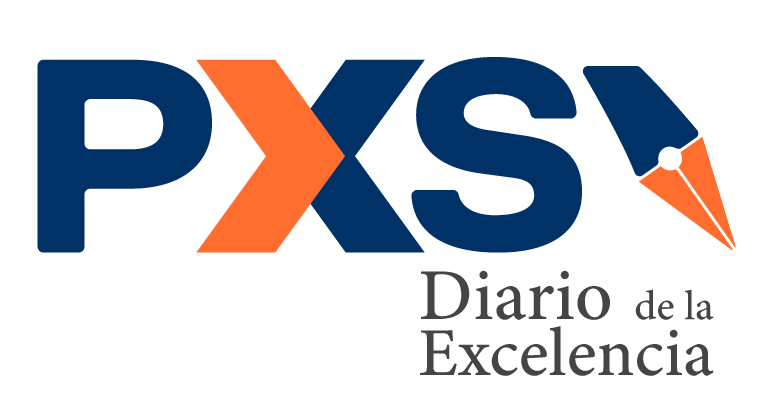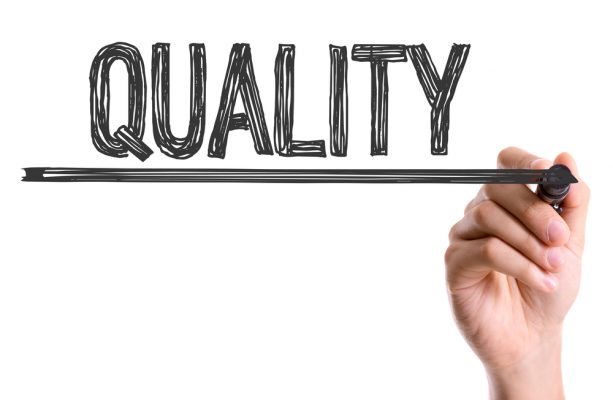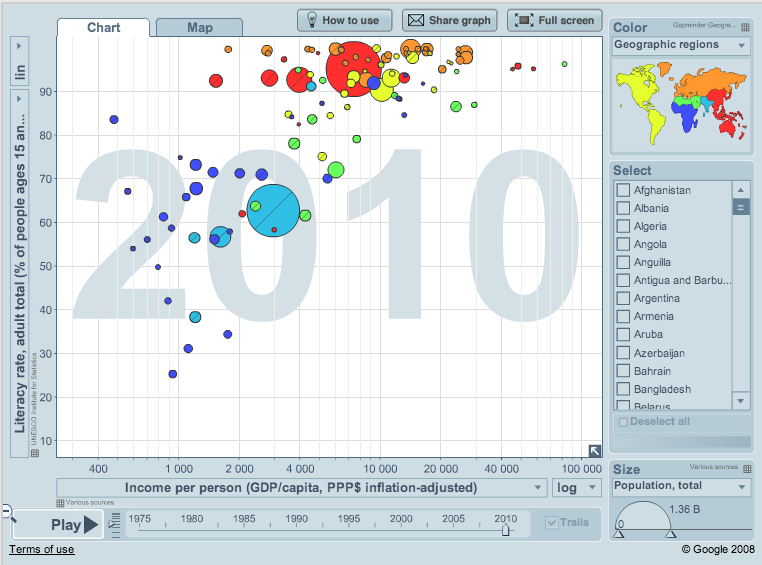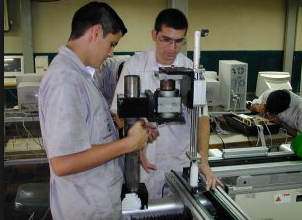QUALITY AND EDUCATION
It’s been two weeks since Michelle Rhee closed the World Conference on Quality and Improvement in Dallas. For those of you who don’t know her, Rhee advocates for excellence in public schools in the U.S. and blames teachers and administrators for a failing education system that fosters mediocrity.
Article 26 of the Universal Declaration of Human Rights states the following:
- (1) Everyone has the right to education. Education shall be free, at least in the elementary and fundamental stages. Elementary education shall be compulsory. Technical and professional education shall be made generally available and higher education shall be equally accessible to all on the basis of merit.
- (2) Education shall be directed to the full development of the human personality and to the strengthening of respect for human rights and fundamental freedoms. It shall promote understanding, tolerance and friendship among all nations, racial or religious groups, and shall further the activities of the United Nations for the maintenance of peace.
- (3) Parents have a prior right to choose the kind of education that shall be given to their children.
There won’t be a full development of the human personality unless excellence is the center of the education systems.
Let me start with the global state of education as a reference point, then I will move to the case of my country Costa Rica, and I will finish with a quick note on the Malcolm Baldrige Award Education criteria as a model or frame to achieve World Class Quality in Education.
GLOBAL STATE OF EDUCATION
Global literacy is, on the average, more than 84% (2010 data). This figure is the best in the whole history of humanity, but in Six Sigma ppm’s (parts per million) it means that one hundred and sixty thousand out of every million inhabitants of this planet still can’t read and write. Those countries that we call developed show 100% literacy (see map in Figure 1. Gray areas in general show illiteracy free countries), but many nations don’t even catch to the 50% or 60% mark (see Gapminder chart, Figure 2).
Figure 1. Literacy rates around the world. Source UNESCO Institute of Statistics.
Figure 2. Literacy rate as a function of Income per person. Visualization from Gapminder World, powered by Trendalyzer from www.gapminder.org
Notice, in Figure 2, how most African countries (blue dots) present the lowest literacy rates. The largest dot (in red) represents China, followed in size by the light blue dot representing India. I recommend readers to go and play with the Gapminder tool and check all sorts of social data, history, patterns and trends.
Literacy correlates to other social indicators like poverty, health, and life expectancy. Low literacy also means high poverty, low health and low life expectancy.
But high literacy alone does not automatically mean good, high quality education. The PISA test (Programme for International Student Assessment) is a triennial international survey, which aims to evaluate education systems worldwide by testing the skills and knowledge of 15-year-old students. The great thing about PISA is that is assesses problem-solving skills, not specific curricula. Countries or economies decide to participate and schools are randomly selected and tested. The tests are applied to students, but also principals and teachers as well. Take a sample test here and answer the question: “are you smarter that a 15 year old…?”
These are the latest results of the 65 countries that took the PISA test in 2012.
The beautiful chart by Finbarr Sheehy from UK’s The Guardian can be seen here in one piece.
Top countries in math, science and reading are mostly Asian, followed by a group of European countries, Canada, Australia and New Zealand, and then more European and Asian countries.
Costa Rica, my country, took part for the first time in 2012. We came in 56th place in math, 49th in reading and 51st in science. Being this was our first time the results were surprisingly low but they gave us a reference point for improvement. More than 70 economies will take part in the 2015 version of the PISA test.
THE CASE OF COSTA RICA
Education is a matter of local pride. We have had no army for more than half a century, so we have concentrated our efforts in education. The local saying here is that we have an army of teachers. Our literacy rate is 98% to 99%. One of the main reasons why multinational companies choose Costa Rica for their operations is precisely because of our well-educated work force. But the PISA results clearly tell us we have a lot to improve in a global economy.
One hope of these new times is the many science and technology fairs at the High School level. Executives, college professors and business people evaluate the young scientists projects and winners get grants, patents, scholarships, monetary awards, and media recognition. I get to participate as judge in my own Don Bosco Technical High School’s annual “Expo-Tec”. These boys and girls are awesome, they program PLCs, create robots, write code in Python, Java, and other computer languages, take apart computers, know different welding techniques, operate CNC machines, speak English as a second language. My favorite part is seeing these teenagers performing their sales pitch, and convincing us judges why their inventions should win.
Unfortunately not everything is positive. As I write this post, the local teachers have been on a non-sense strike for two weeks. Our “army” lacks a vision. Here is where I think the Malcolm Baldrige criteria for Education can make a difference. We all need visionary leaders to stand up and stand out, and we need to remind teacher unions that education is about the students not about their privileges.
A VISION FOR EDUCATION EXCELLENCE
Whether your country is in the low literacy rate category, or discussing how to improve the PISA ratings, any improvement in education has to start with a vision. Let me borrow the Baldrige criteria as a suggested model to education excellence. Envision a public school system that excels in the following seven categories:
- Leadership
- Strategic planning
- Customer focus
- Measurement, Analysis, and Knowledge Management
- Workforce Focus
- Operations Focus
- Results
The general categories are the same for manufacturing, service, small business, non-profit/government and education, but there are specific criteria to address the needs of each sector. Imagine a school, or a school district where everything is governed by a vision of excellence based on the students needs, and that rewards teachers and students for their results and not just for showing up.
Currently only American institutions can apply to win the prize but the framework can be applied everywhere. Many countries have their own Excellence and Quality Awards, I just don´t think there are that many that include education.
Our help is needed, as the great Kaoru Ishikawa once said “Quality starts with education and ends with education”. There is no higher call, no higher purpose than contributing to excellence in education.
